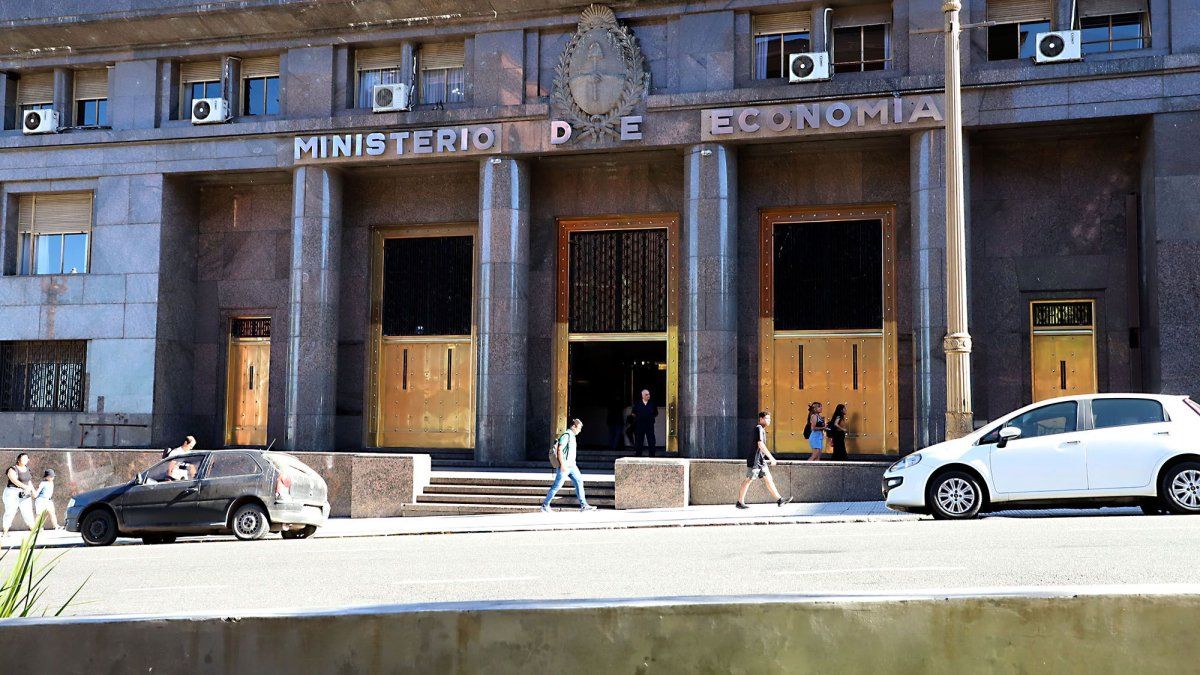Image: Mauthausen Memorial / Julius Sevcik
The majority were murdered as part of a brutal manhunt that went down in history under the cynical name “Mühlviertler Hasenjagd”. Only eleven people probably survived thanks to courageous Mühlviertel farming families and agricultural forced laborers. The escapees were so-called “K” prisoners. These included primarily Soviet prisoners of war who had attempted to escape, as well as forced laborers accused of sabotage or political activity who were deported to Mauthausen in the last year of the war due to the “Kugel Decree” and were supposed to be murdered there. Their prison conditions were so bad that they had little chance of survival.
The population is also involved in the hunt for refugees
A few months before the end of the war, more than 500 of them dared to break out of Block 20. They attacked the watchtowers with paving stones and other available objects, and with wet blankets they caused a short circuit in the electric fence and were thus able to overcome the camp wall. After a short escape, many collapsed due to their weakened condition or died in the hail of bullets from the guards. Almost all of the others were captured and killed in an unprecedented hunt that involved the SS, Gendarmerie, Wehrmacht and Volkssturm as well as numerous civilians from the surrounding area. Those who remained were murdered in their barracks.
According to the Mauthausen Memorial, only eleven people probably survived. Two of them owe this to the Upper Austrian farmer Maria Langthaler (1888-1975). Together with her husband Johann, she hid two of the escapees on their farm in Winden near Schwertberg in the last months of the war and thus saved the lives of the Soviet prisoners of war from Ukraine. This was extremely life-threatening for the family. The story became known to the general public primarily through the film “There is no mercy for cowardice” by director Andreas Gruber.
Memorial hike and other events
On the occasion of the 80th anniversary of the events, the local initiative perspektive mauthausen, together with the Mauthausen Concentration Camp Memorial, invites you to a memorial hike from the memorial to the memorial in Ried in der Riedmark on February 2nd. On the approximately four kilometer long path, the story of the victims is told and the question of responsibility is asked. Afterwards there will be a panel discussion with, among others, the historian Matthias Kaltenbrunner and the contemporary witness Anna Hackl – the daughter of Anna Langthaler. The day before, Michael Köhlmeier, Katharina Stemberger, Gregor Seberg, Tonfabrik & Christian Buchinger are organizing a cultural and memorial event on the topic in the Donausaal Mauthausen.
The rest of the annual program is also dedicated to the 80th anniversary of the end of the war and the liberation of the Mauthausen concentration camp: This year, the traditional film retrospective at the Mauthausen Memorial is dedicated to the theme “Freed from the camp – the trauma remains…”. In addition, films that deal with National Socialism can be seen every month at the Film Museum in Vienna starting in February.
Image: Mauthausen Memorial / Julius Sevcik
“}”>
Image: Mauthausen Memorial / Julius Sevcik
Source: Nachrichten




